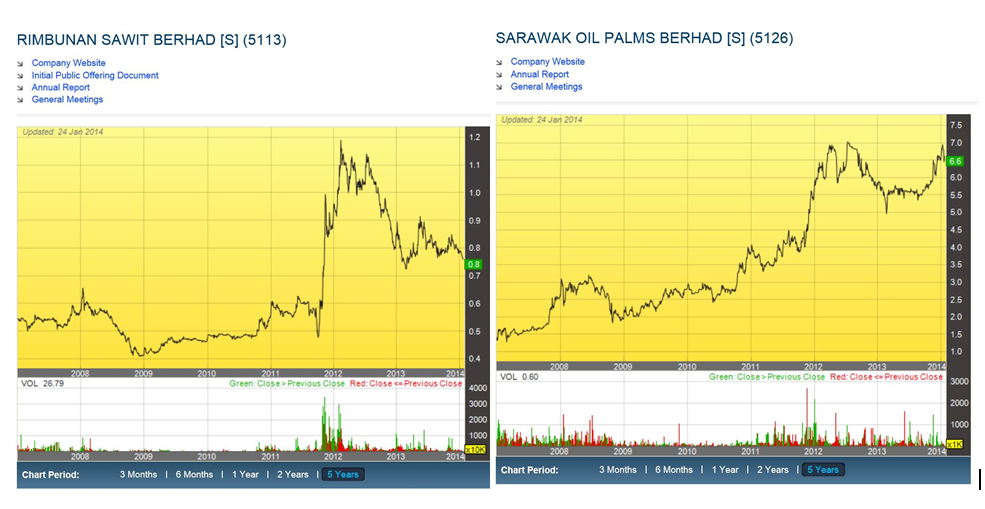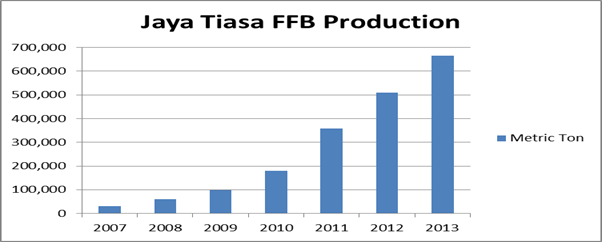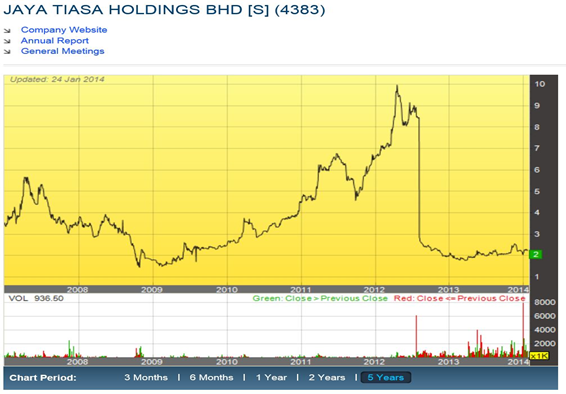Target RM5.24 (Stock Rating: ADD)
We
came away from the conference call feeling positive about a recovery in
newsflow in 1H14. Rumoured-driven concerns over the MRT project and a
possible forced takeover of water assets were addressed. The only
negative surprise was the timing of the Gemas-JB double tracking project
which is now slated for 2015. We cut our FY14-16 EPS by 3-6% to reflect
job flow delays. We cut our RNAV by 6% to factor in KDEB's valuation
for Splash, EPS cuts and the higher 70% share in Kesas Highway. Thus,
our target price, still pegged to a 10% discount to RNAV, drops. We
think that the negatives are largely in the share price (-11.3% YTD).
Catalysts are MRT/PDP approval and new takeover offers from PAAB.
Maintain Add. Gamuda remains our top sector pick.
What Happened
Conference call. We
hosted a conference call with Gamuda's management for 14 fund managers
today. It was represented by Senior Group GM of Investor Relations,
Clarence Boudville. The key takeaways were: 1) The execution of the MRT
SBK Line will accelerate and mitigate earnings downside risks from the
lack of job wins in FY14. 2) The rollout of the RM8bn Gemas-JB double
tracking job in 2015 looks more likely. 3) In the near term, key
developments for the MRT 2 are the Cabinet approval and appointment of
the project development partner (PDP), which should benefit Gamuda. The
timing of awards is from late 2015 or early 2016. 4) As Section 114 of
Wasia is not applicable, it is more hopeful about a positive outcome for
water takeover talks.
What We Think
Concerns look overdone. Clarifications
on Gamuda's prospects with regard to the MRT 2 should reassure
investors, though the timing of awards will not be this year, as
expected. The next catalysts should be the Cabinet approval and
appointment of the PDP. We remain optimistic over a favourable outcome
from the water takeover talks led by the federal government. Its
40%-owned Splash could be offered a valuation top-up, if
compensation/receivables are included. This should revive the special
dividend story for FY15. The negative surprise was that the award of the
RM8bn Gemas-JB double tracking project is likely to take place in
2015.
What You Should Do
Accumulate. The
stock has declined 11.3% since end-13. We think that the MRT 2 and
water takeover concerns should subside if we see any solid progress in
the coming months.










